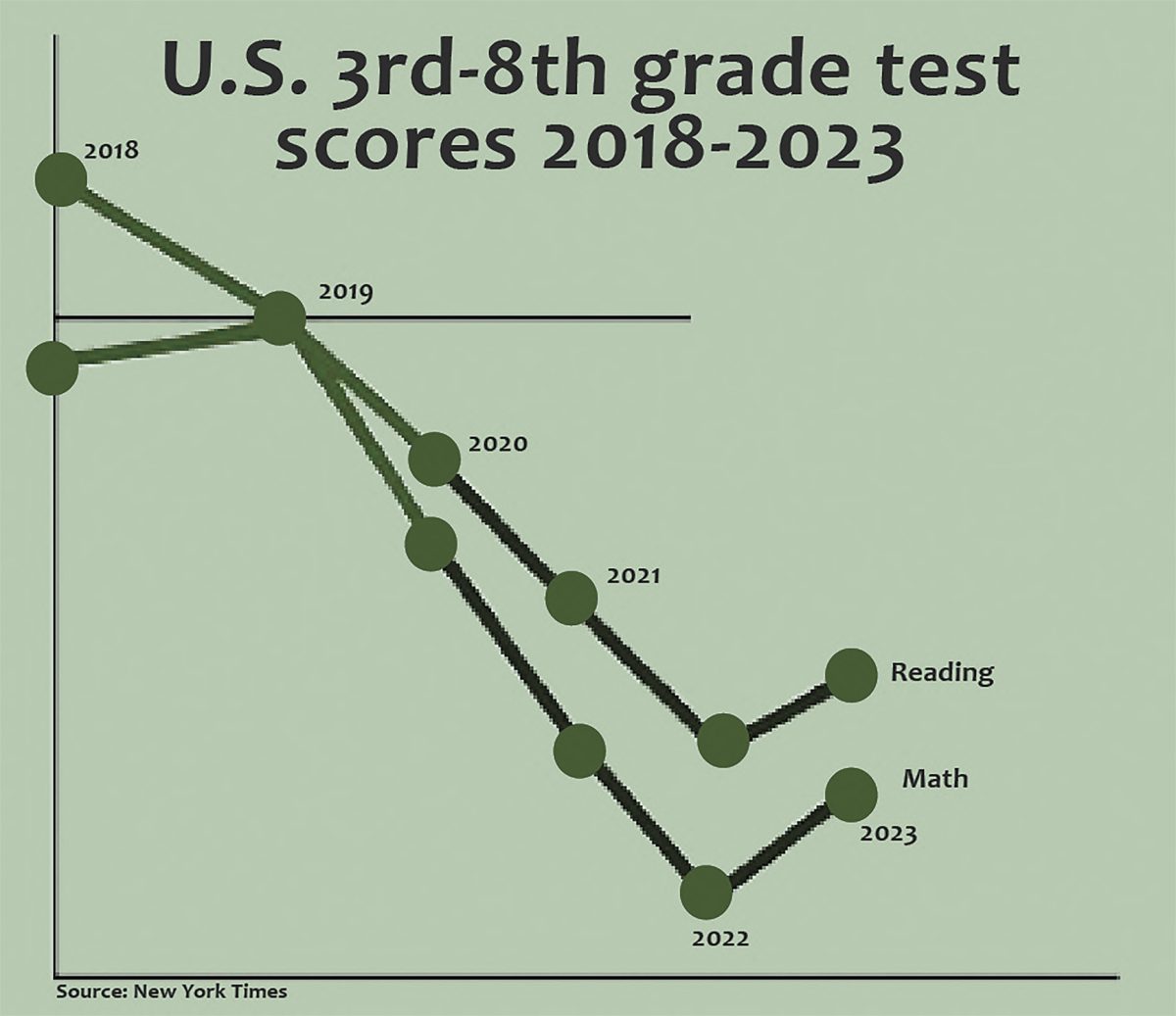After many students were unable to take standardized tests such as the ACT and SAT due to COVID-19, some schools decided they should no longer require them. Post-COVID, some are considering keeping the test-optional policy, but this will not benefit students in the long run. By going test optional, colleges are losing a measurable factor of a student’s ability, and admissions will become more competitive.
Without the barrier of low test scores, students across the nation and abroad took the chance to apply to their dream schools. Harvard saw a 42% increase in applicants, writes The Wall Street Journal, and The Ohio State University reported an increase of 18%. Neither of those schools, however, had an increased number of acceptances, which benefits the colleges in the long term. Colleges that see an increase in applicants usually see their overall acceptance rate lowered, raising their apparent exclusivity, a University of Georgia study found. The same study found that exclusivity is only increased when they can artificially inflate the test scores of their applicants, as the students who do submit their test scores often do better than average. Researchers found that colleges that went test optional saw their average SAT score increase by 26 points. Colleges are not becoming test optional out of kindness, but rather for the long term benefits of improving their reputation.
Students, on the other hand, do not entirely benefit. Those who previously had an advantage due to their high test scores faced more competition, and college admissions offices nationwide struggled to evaluate students without the addition of test scores, forcing them to place more value on other aspects of the application, like essays and extracurriculars.
Proponents of going test optional argue that not all people are good test takers, and that should not prevent them from applying to schools they could still do well in. The issue is, then, that not all students are good essay writers or athletes or musicians either. Tests are not a fair measure of a student’s ability, but there is no existing factor that can equitably measure a student to replace them.
If colleges only look at service work or internships, that gives wealthier students with more opportunities an advantage. Supporters of going test optional argue that it is more equitable to go test optional and underprivileged students without access to means like test preparation benefit from doing so, but it is unclear whether that trend will continue. When colleges evaluate students without the addition of test scores, many want a measure of who they are by the activities and accomplishments they have. However, some students might not have access to sports that they need to pay to play or the ability to volunteer when they need to be working. While previously a test score might have made them stand out, they now suffer from a lack of opportunity.
Going test optional is not a black and white issue. In the immediate future, both students and colleges will benefit from schools going test optional and students with lower test scores may find themselves accepted to schools that they otherwise may not have. It is, in the short term, a beneficial solution. However, colleges and universities who become test optional will become harder to get into. Students will find themselves competing with more applicants, and applicants with more access to opportunities will find themselves getting ahead. To advocate for colleges to return to required testing would ignore the students who benefit from the test-optional system, but the students who benefit now may not benefit in the long run. Because of this, it is necessary for colleges to find a truly equitable option that actually helps underprivileged students.

















